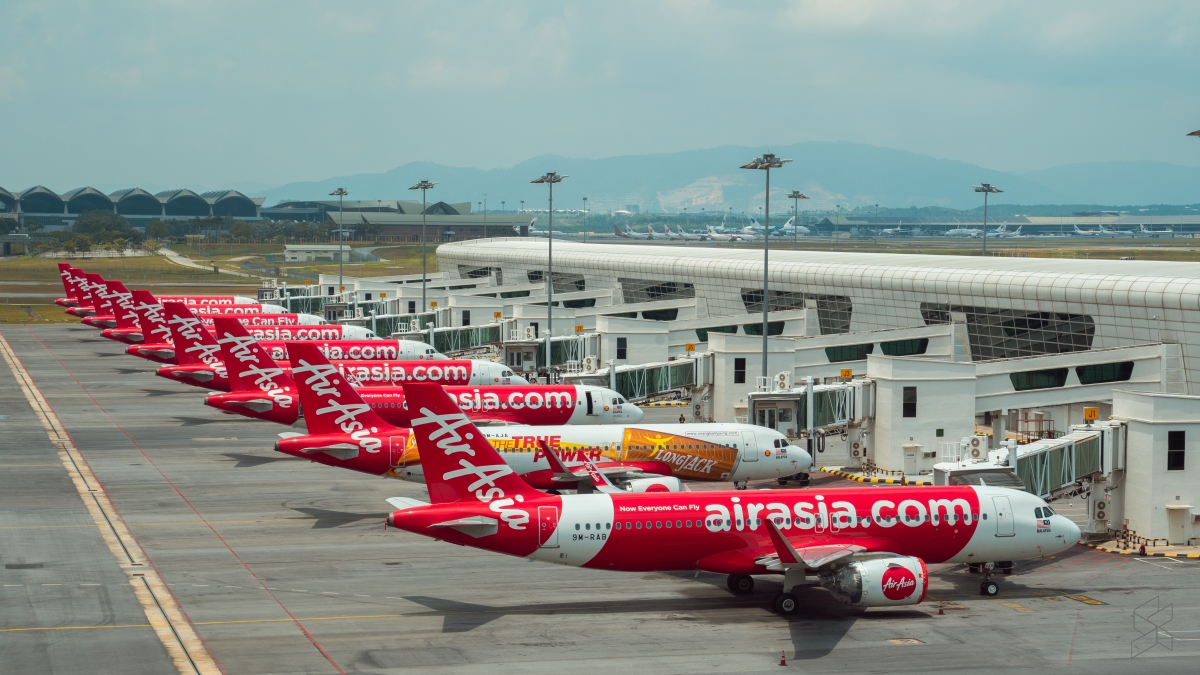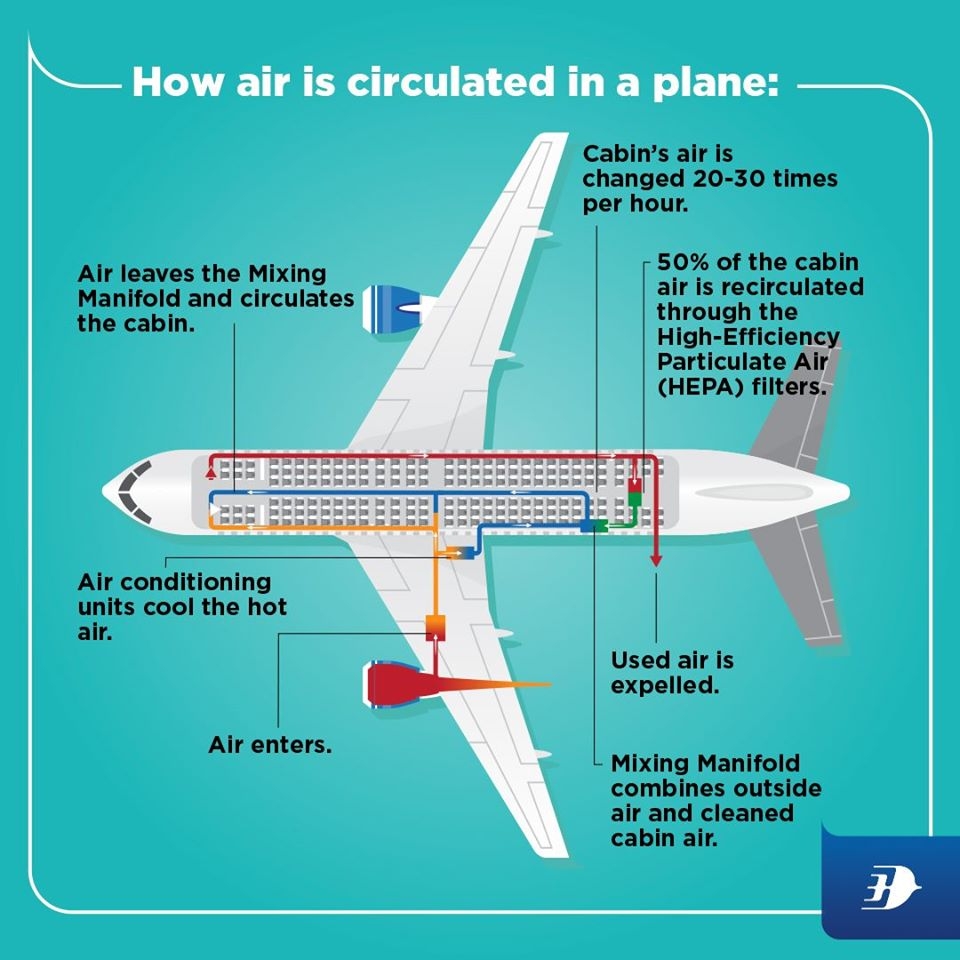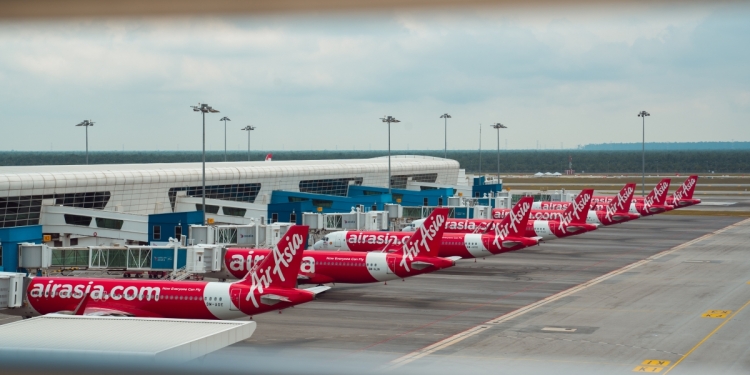The COVID-19 pandemic has impacted industries all around the world, but among the hardest-hit are those that work in the travel/tourism sector. Severely-impacted countries have closed their borders, and airlines have been severely affected by the economic effects of various lockdown measures around the world.
However, the question remains: when the world returns to a degree of normalcy and air travel resumes, how safe will it be to travel on an airplane? According to new report from Forbes, air travel might not be as dangerous as first feared.
Wuhan restaurant case study
The report makes reference to a case study in Guangzhou, China, where an outbreak of the coronavirus involved 3 family clusters in an air-conditioned restaurant. As the restaurant was an enclosed, air-conditioned space, some similarities can be drawn to air travel.
Nine diners were infected with COVID-19 in the restaurant, with the source being a single diner from Wuhan. The following diagram illustrates how the spread happened:

If you look at the seating arrangements, two people were infected while sitting next to the customer from Wuhan (A1). Despite sitting at a distance of about 10 feet from table C and B, the infection still spread to customers on those tables. It’s worth noting that customers—while asymptomatic at the time—could have spread the virus to others in the restaurant in a chain sequence.
Apparently, the key thing to understand here is the role that airflow plays in the spread of the coronavirus. Most conventional air conditioners work by cooling, and recycling the air within a space. This crucial point is where comparisons are drawn with the airflow and ventilation within aircraft.

How does this affect air travel?
According to researchers, air conditioners could affect the way respiratory droplets move in the air:
“Virus transmission in this outbreak cannot be explained by droplet transmission alone. Larger respiratory droplets remain in the air for only a short time and travel only short distances. However, strong airflow from the air conditioner could have propagated droplets.”
However, airflow and ventilation works a little differently in an airplane. While the flow of air in an enclosed restaurant moves in a horizontal manner, aircraft ventilation moves the air in a vertical pattern instead.

Airplane ventilation systems push air in from the top and sides, and the air is then filtered through grilles on the floor of the aircraft. Additionally, most aircraft are equipped with HEPA filters that supposedly catch 99.97% of particles, according to the Civil Aviation Administration (CAA) of China. Meanwhile, the European Union Aviation Safety Agency has also stated that HEPA filters work well to stop “particles of the SARS-Cov-2 virus size”.
Additionally, the air within an airplane cabin is usually mixed with fresh air, although recycled cabin air is mixed in. The CAA claims that due to the “very small” flow of air in a horizontal pattern in aircraft, “diseases will not pass through the aircraft air conditioning system”.
To read the full report, click here.








